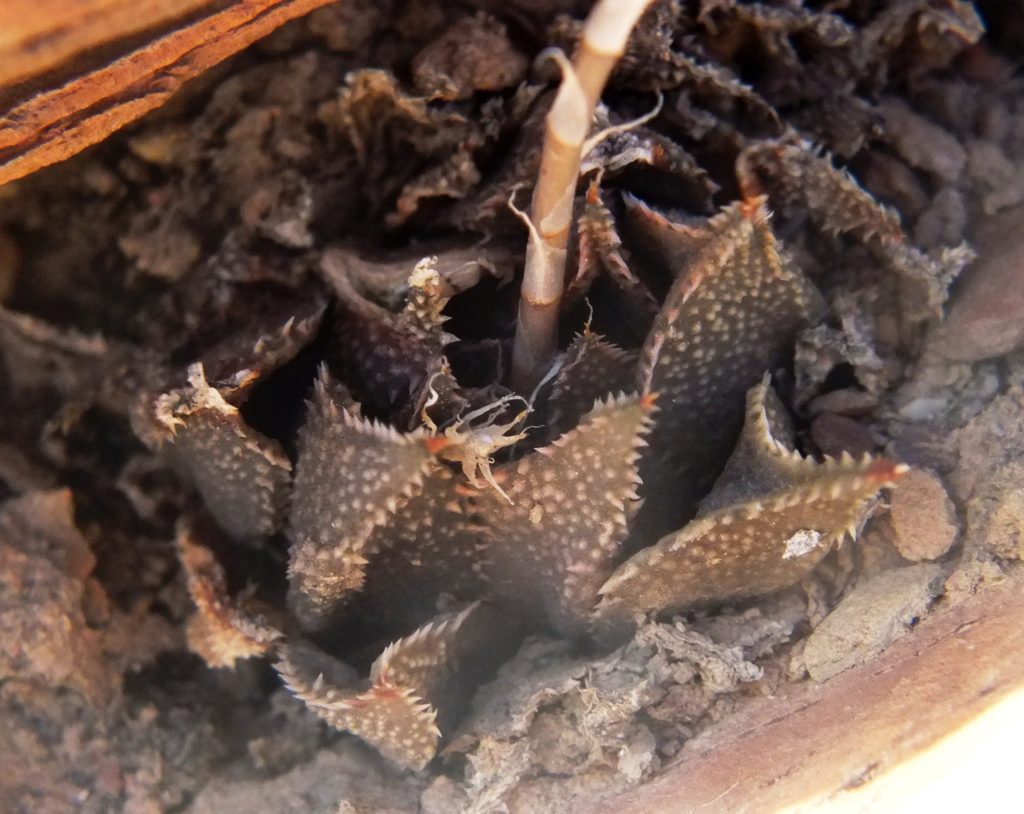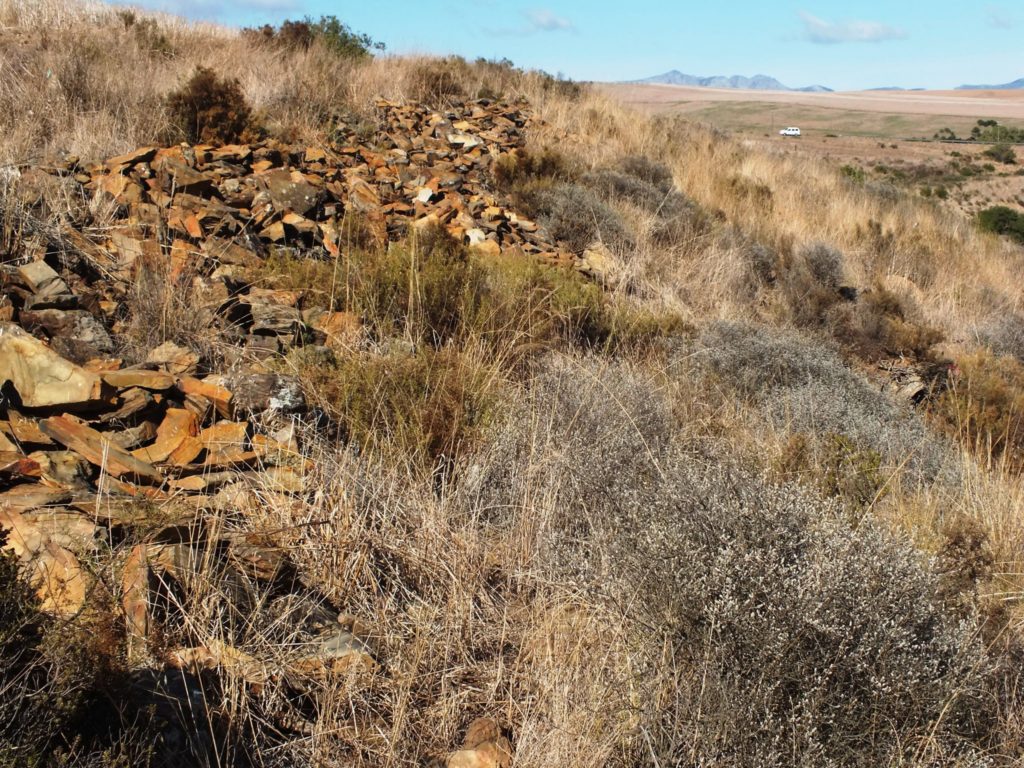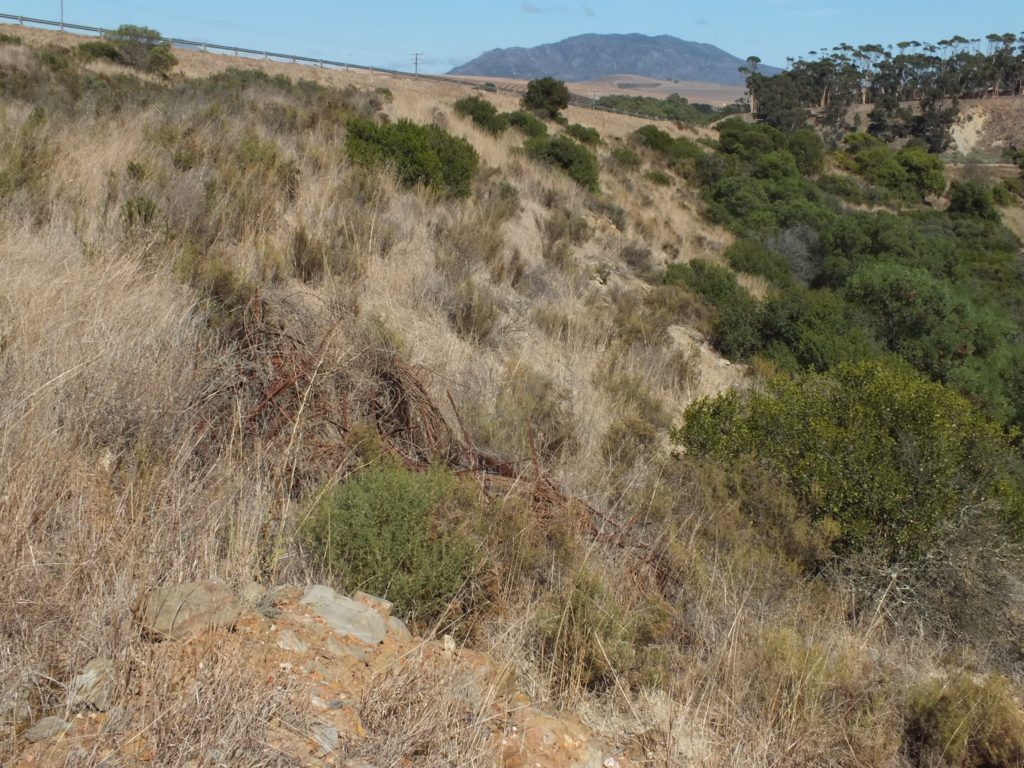How does one get to grips with H. mirabilis? If you take all the available names for this lot of dark coloured February – March flowerers and match them up against the 400 or so known populations, you are going to have to explain why most of the mirabiloid populations are in a nameless limbo? This is a population from North Ashton is quite out of character for that area.

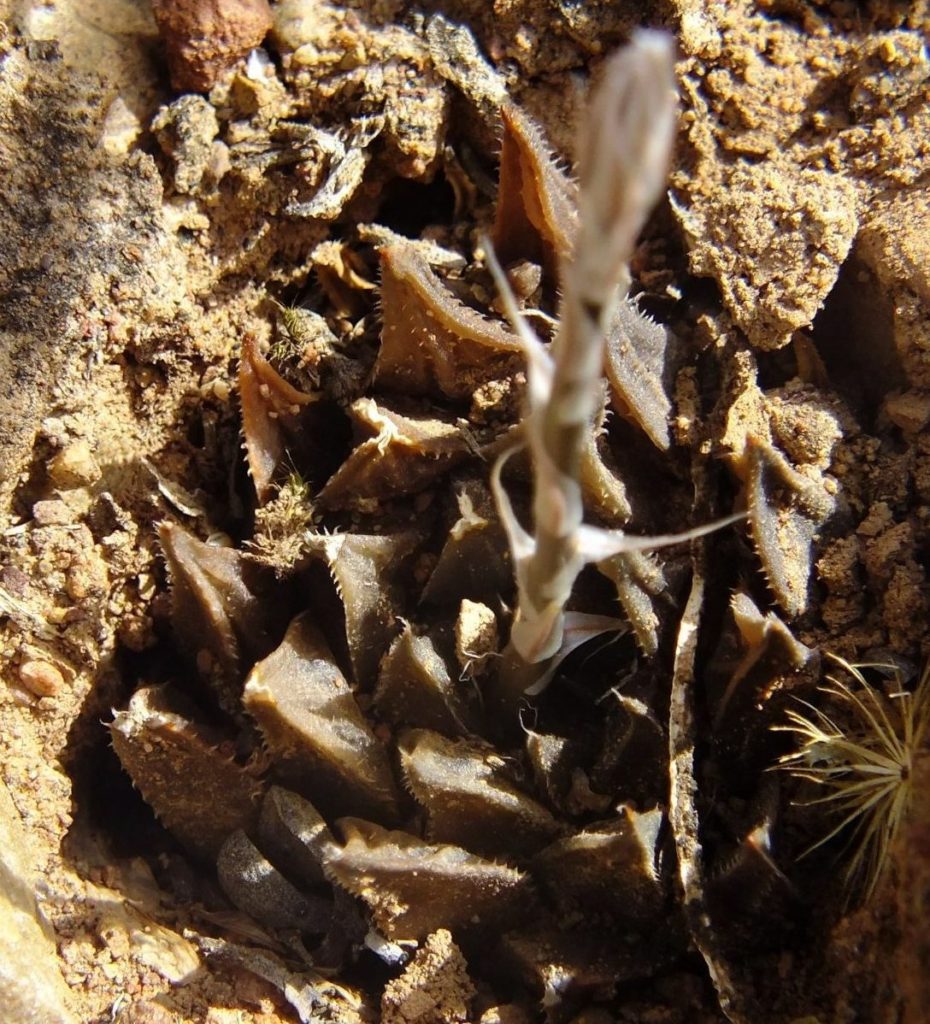
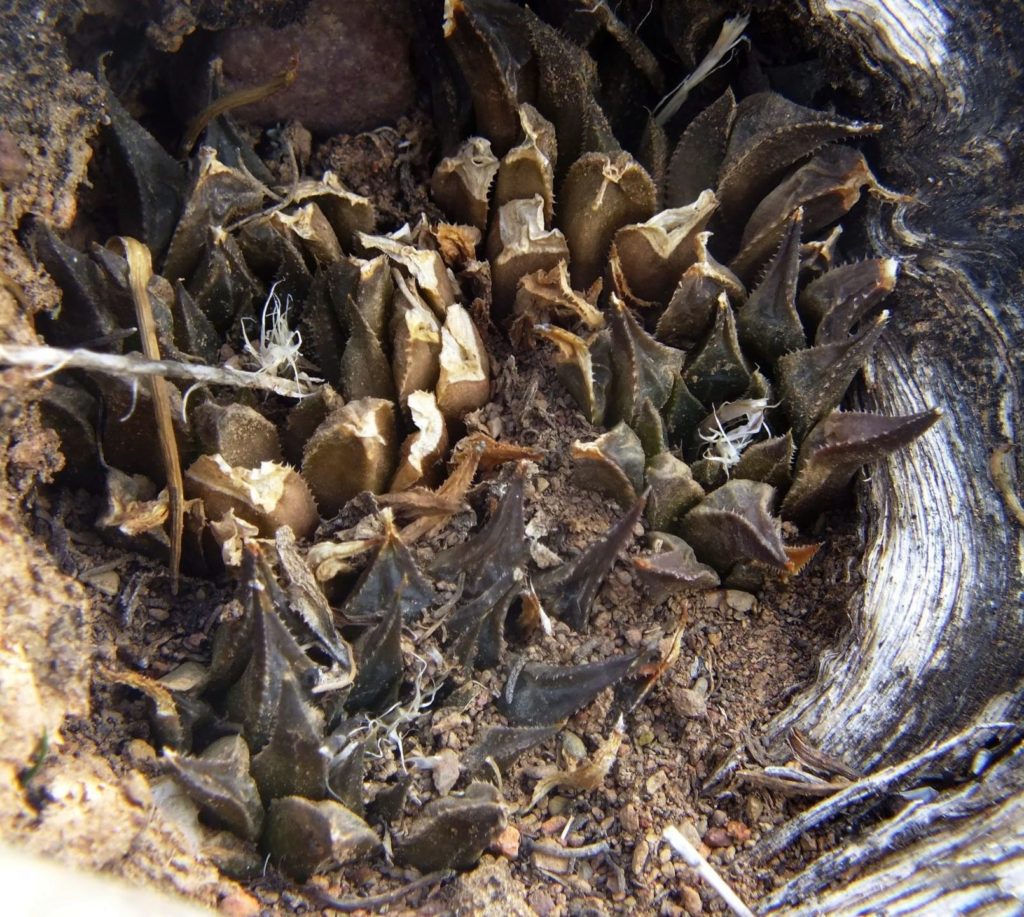

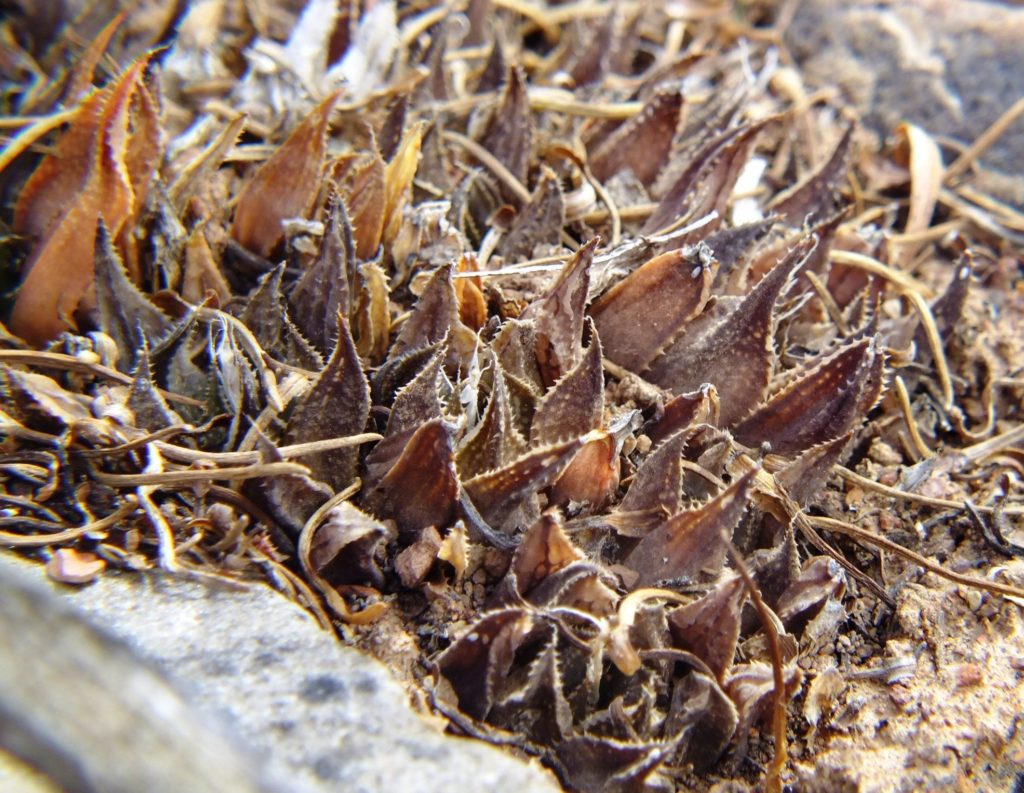
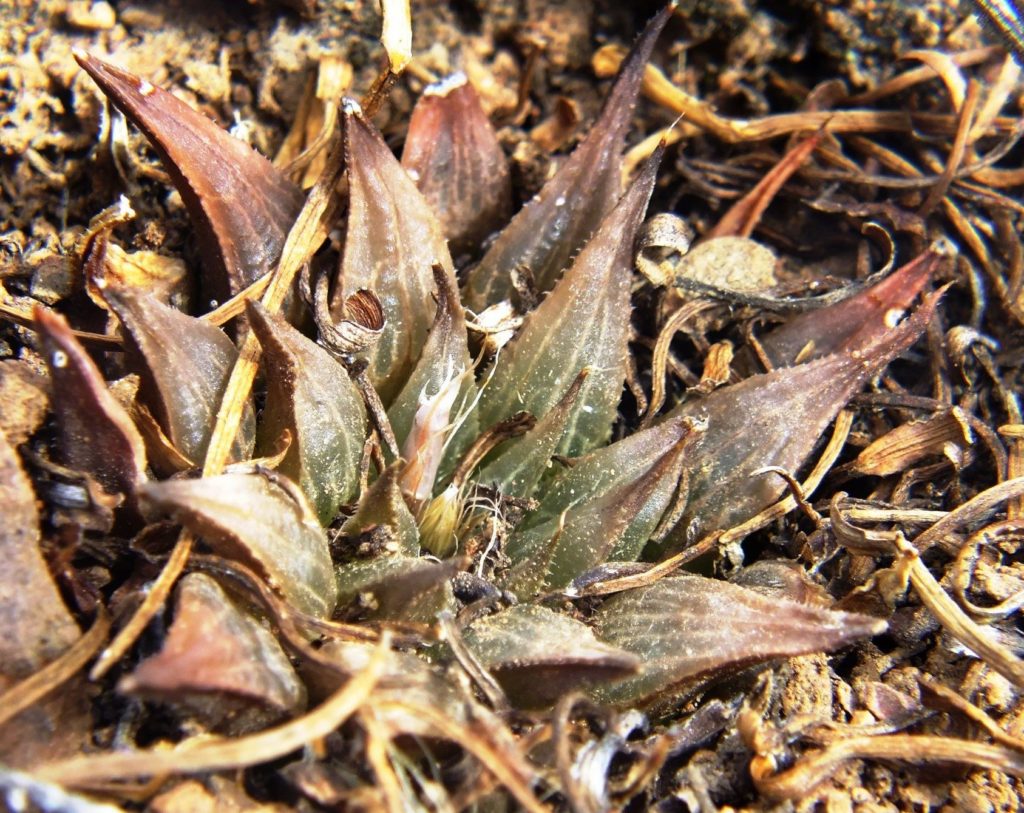

These are at the southern entrance to Cogmanskloof and fairly similar to plants northwards as well as to the general ensemble of mirabilis in the Worcester/Robertson Karoo, but I am having fun putting together a general perspective of H. mirabilis. It was not even considered known in the field until I started messing with the classification. That is another story I do not want to see unfold! So far there are 44 names that cover the story of the mirabiloid to help explain why so few have any idea of what the name mirabilis conveys.

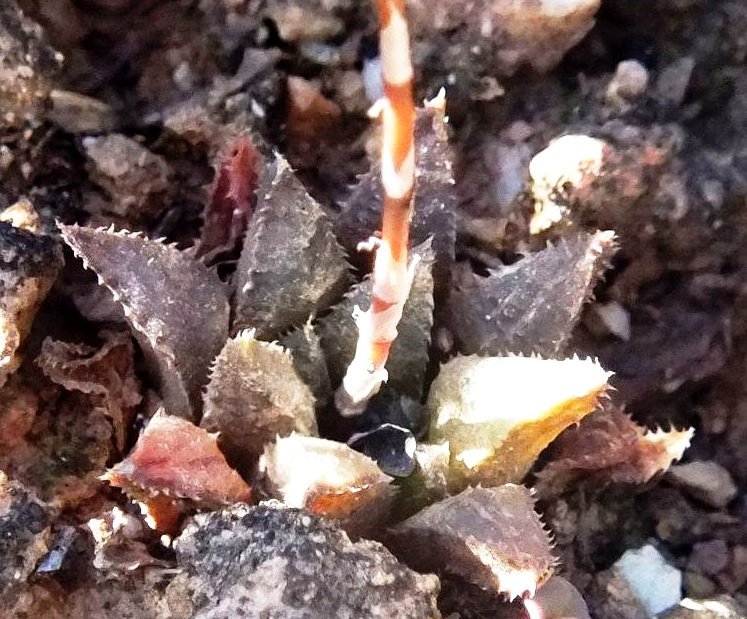
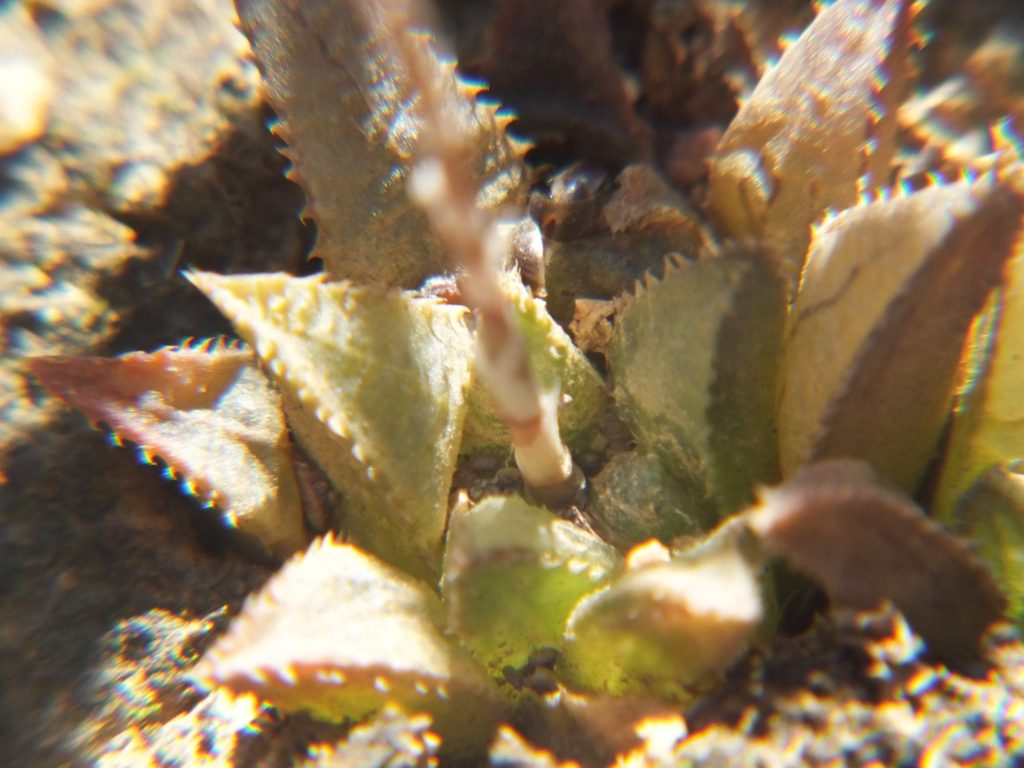

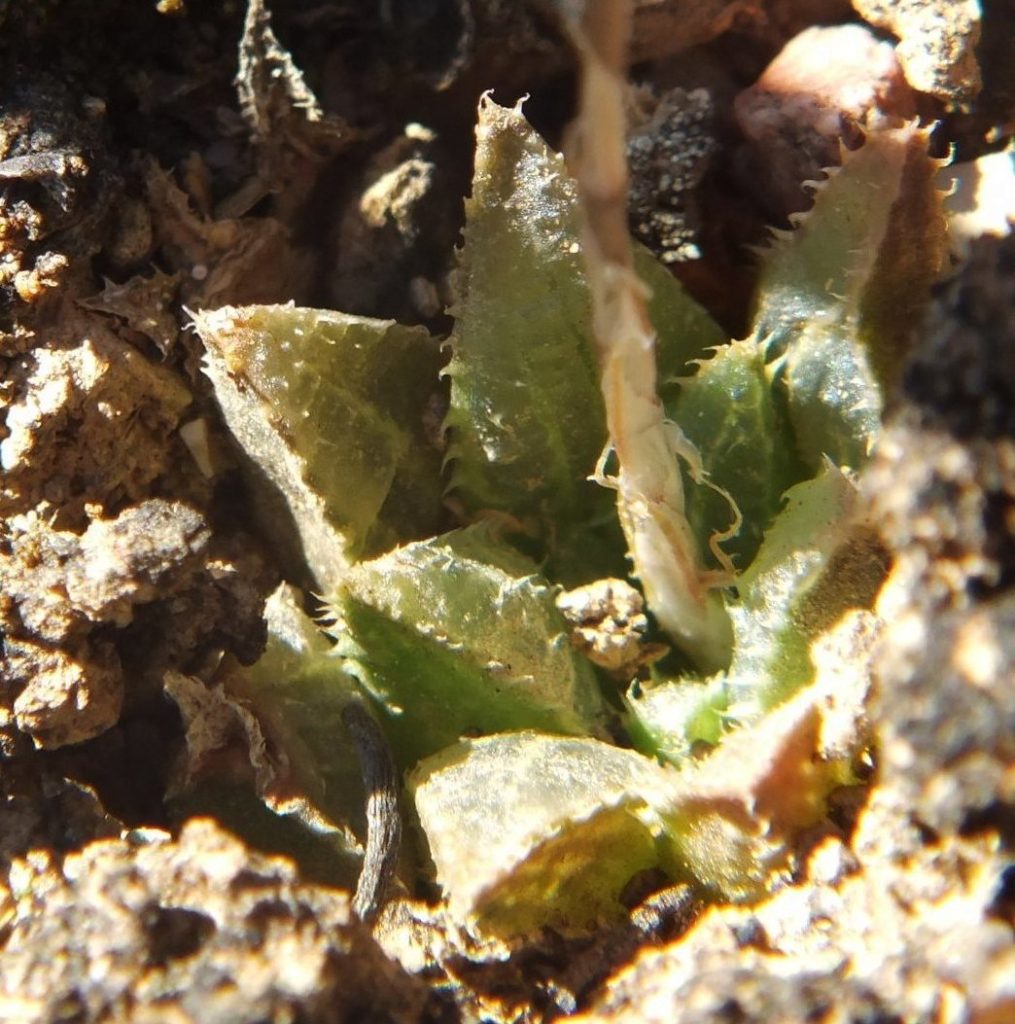
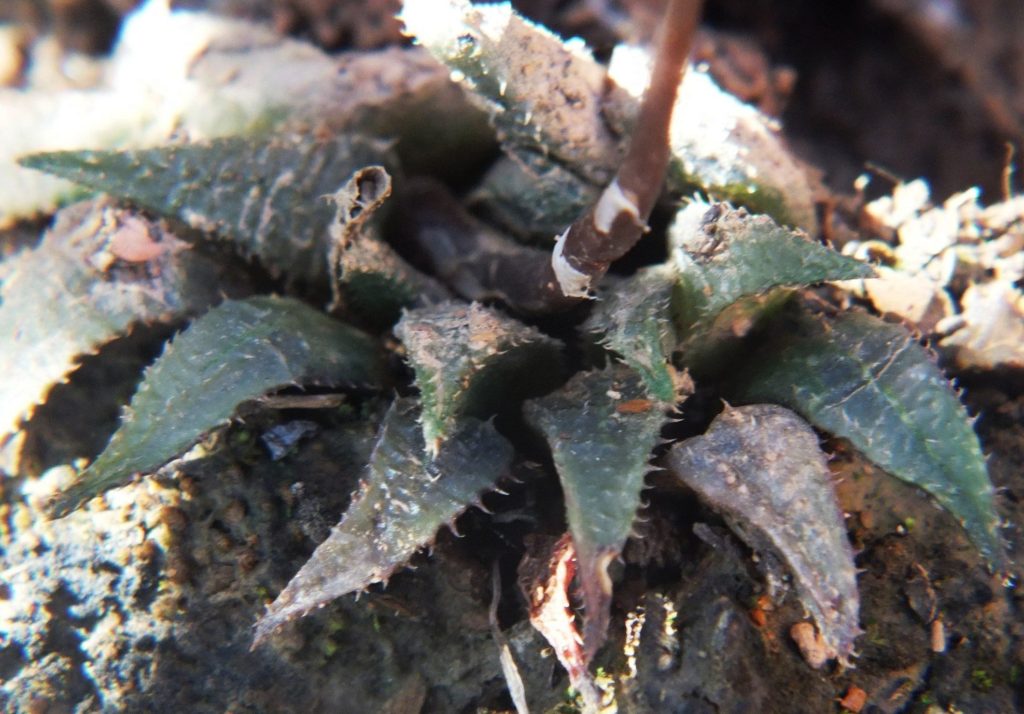
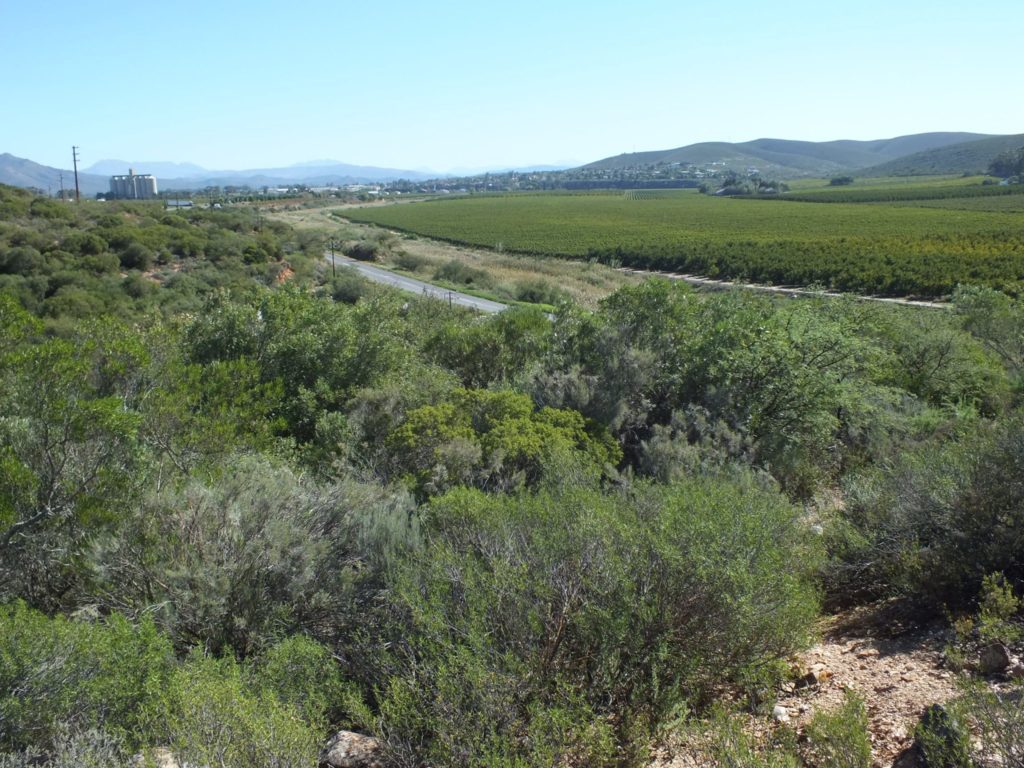
I have had a bit of fun in taking all the names relevant to H. mirabilis to show what a taxonomic nightmare it has been and will remain. Those 50 extant names only represent about 75 populations at the most. In the majority of cases they do not cover even the variants in the designated populations. So not only do we have another possible 200 or more populations to consider, but also the variation within them.
This is about the most westerly record for mirabilis in an almost ecological desert. There is clear pattern in how the populations relate to one another, with just enough exceptions to overturn expectation.
